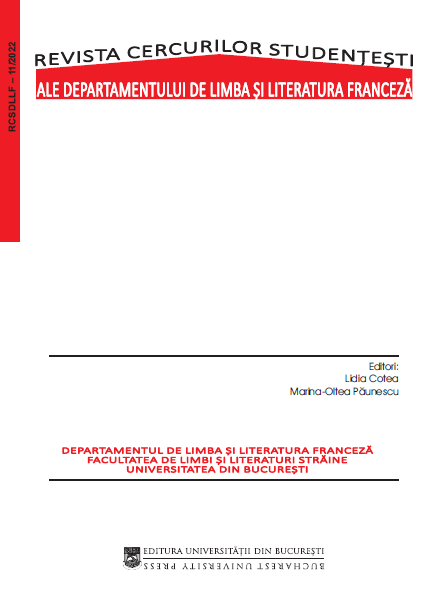Sur l’iconologie warburgienne et la conversion à soi de Marie-Madeleine
On Warburgian iconology and the conversion to self of Mary Magdalene
Author(s): Adnana Giroud (Popescu)Subject(s): Christian Theology and Religion, Visual Arts, History of ideas, History of Art
Published by: Editura Universităţii din Bucureşti
Keywords: Mary Magdalene; iconology; conversio ad se; care of oneself; reading;
Summary/Abstract: In this study, we propose to analyze the migratory character of ideas evoked by Arthur Lovejoy and the evolution of the image of Mary Magdalene in the light of two fundamental theories of intellectual history: the Warburgian iconology and the concept of “care of self” theorized by Michel Foucault in “The History of Sexuality”. Although these two notions are different by the nature of their horizon of study, they are similar by the importance given to historical heritage in the redefinition of a cultural identity (individual or collective) and by the anthropological exhumation of ancient references which survive and are transmitted in social memory, thus allowing the reinterpretation of certain motifs and symbols of the Christian religion. Inseparable from the image of the Greek goddess Aphrodite of which she is the Christian counterpart, and also the concrete representation bringing together all the ancient attributes unearthed along a vast iconographic history, Mary Magdalene goes beyond “primary opacity to oneself” which characterized her before the encounter with Jesus to respond to the double structure of questioning which governs its emergence. Indeed, its image is shaped both by the reactivation of latent potentialities bogged down in the ritual action of the “intermediate forms” that come under iconology, and by access to a form of truth made possible by the exchange with divinity.
Journal: Revista Cercurilor studenţeşti ale Departamentului de Limba şi Literatura Franceză (RCSDLLF)
- Issue Year: 2022
- Issue No: 11
- Page Range: 5-18
- Page Count: 14
- Language: French
- Content File-PDF

